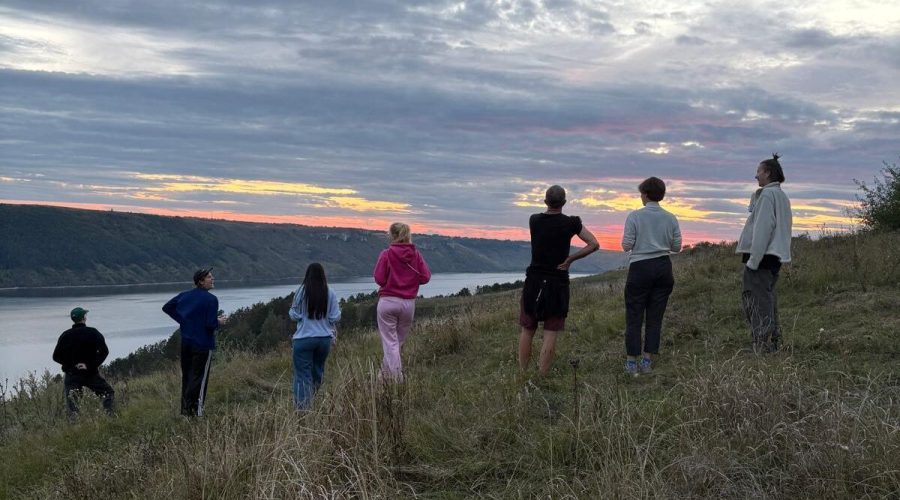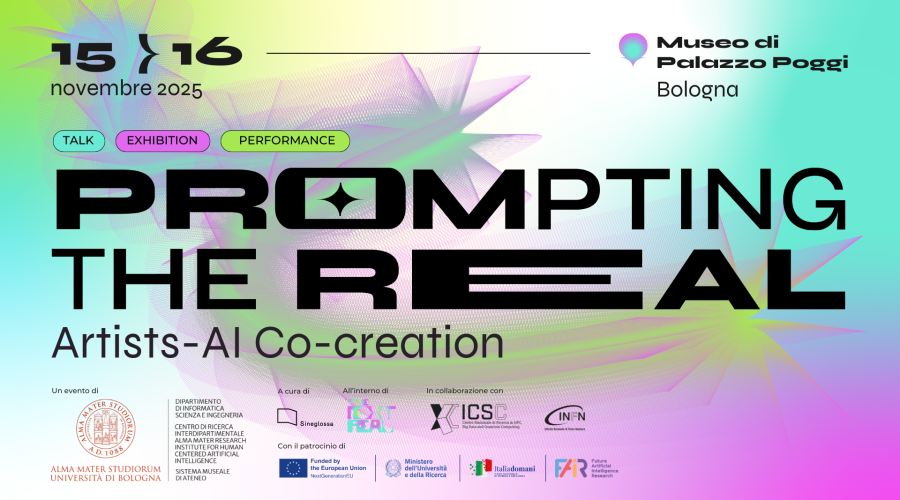September 30-October 01, 2022
Mercato Sonato and other places in Bologna
Starting September 30, the guide Bologna. Deviazioni inedite raccontate dagli abitanti, published by Ediciclo for NONTURISMO, the series of guides dedicated to travelers who prefer an authentic encounter with the spirit of a place to the prepackaged tour. A series that we conceived now 4 years ago and for which we have already edited the guidebook about Ussita, a village in the Sibillini Mountains.
On September 30 and October 1, we will present the guide dedicated to Bologna with
music, readings and walks: two days of events within the IT.A.CA’ Festival del turismo responsabile.
The non-tourist guide was the result of a choral production effort that involved various organizations in the Bologna city: Yoda Aps, Kilowatt and Piazza Grande. Thanks to their coordination, we created three community editorial offices, interviewing, meeting, and putting around a table about thirty people, either natives of the city or “acquired” inhabitants, with three illustrators (Noemi Vola, Francesco Fadani, Marco Quadri), two anthropologists (Brenda Benaglia e Eleonora Adorni) and a writer (Wu Ming 2). The three editorial boards indicated which places in Bologna make it a resilient city: 10 spaces of cultural resistance, 10 spaces of green resistance and 8 stages symbolizing homeless resistance.
Places that will never be found in Lonely Planet guidebooks because, as Wu Ming 2 says, marketing books select “tourist attractions that are predictable (you know what you will see, where to find it, how much it costs, when it opens), classifiable (you know whether it is a museum, a church, a park) and profitable (there is someone who makes a profit from it, more or less directly).”
Instead, the places we flagged in the guide are unpredictable, unclassifiable and, often, non-profit: a garden that has no clear opening hours, a century-old plant hidden in the courtyard of a b&b, an ARCI club in the city’s multi-ethnic neighborhood. And, not without surprises, the McDonald’s in August VIII Square, not far from the train station. Because this is where some homeless residents feel at home.
By Resistance of Culture we understood the ability of inhabitants to change the use of urban spaces: warehouses that become concert halls, squares where people play ball, office buildings that house families, streets that do not sacrifice themselves on the altar of tourism. Instead, plant resilience manifests itself in unplanned or otherwise unusual green spaces because they have escaped concrete and real estate rent. Homeless resistance is that of those who inhabit the city but have no home to live in, and therefore must find it in the squares and streets. Finally, Fear Resistance makes it possible to combat the discomfort of crossing certain parts of Bologna at night.
Federico Bomba, president of Sineglossa and scientific director of Nonturismo's serie
Purchase the guide at the major bookstores in Bologna or on the Ediciclo website.



